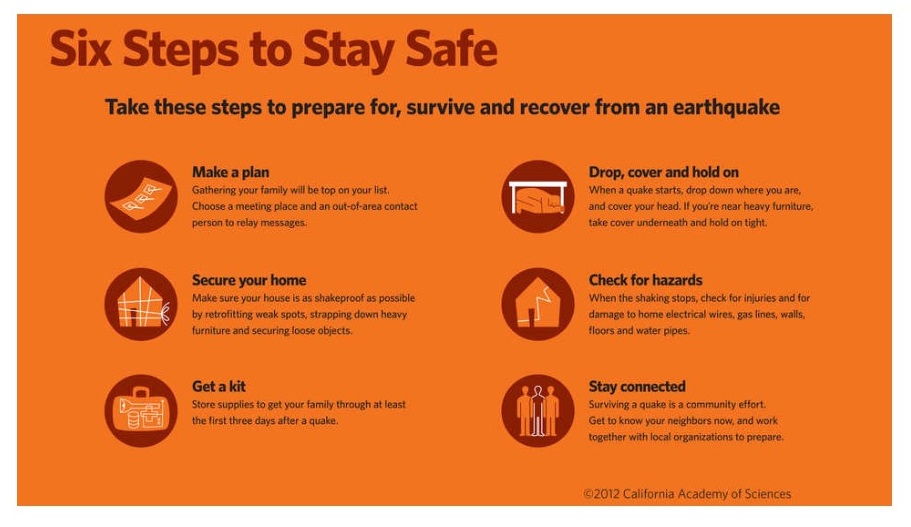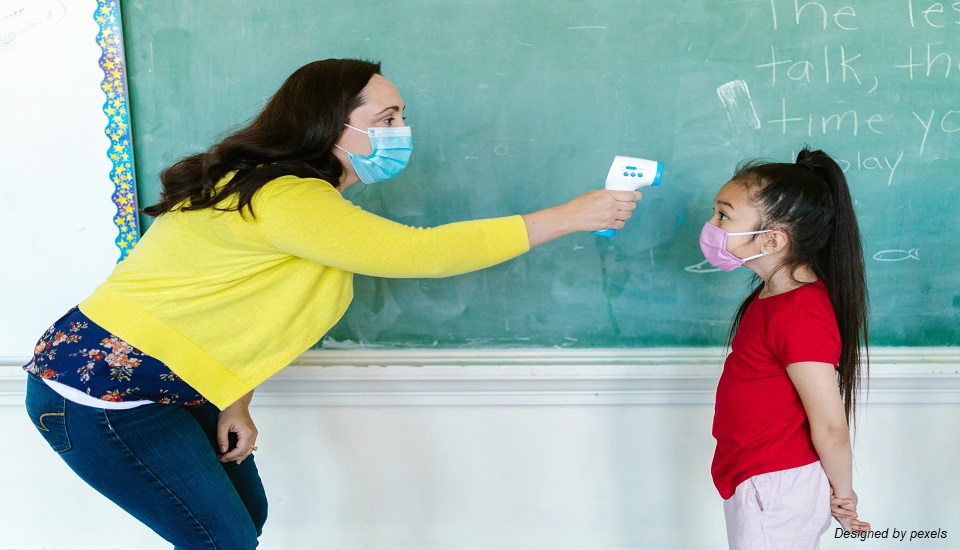There can be no space for doubt when it comes to the safety of students and staff. Schools must make proactive plans for unforeseen circumstances. Through collaboration with the community and local government, schools can create a strong School Emergency Operations Plan (EOP). These plans are an essential buffer, assisting schools in averting or lessening the effects of calamities. Find out the best 5 ways to enhance emergency preparedness in schools while ensuring everyone's safety.
Use These 5 Emergency Preparedness Techniques To Ensure Safety

Since natural disasters come unannounced, here are 5 tips you need to keep in mind to ensure that your staff and students are safe:
1. Create An Emergency Operations Plan (EOP)
A thorough, well-structured emergency operations plan (EOP) provides step-by-step instructions for various potential scenarios. In addition, it emphasizes alerting emergency response workers and is intended to prevent harm and escalation. The plan must be evaluated and revised after it is finished every year. It is important to consider all possible emergency scenarios, regardless of whether your institution has prepared for emergencies or only practices drills.
An inventory of emergency contacts for utility companies, property management firms, insurance companies, and local authorities (police, fire/EMS, hospitals, poison control, health department, children's services, etc.). Administrators' decision-making burden may be reduced by creating a clear strategy that designates distinct tasks and duties to different staff members, particularly in high-stress scenarios.
Do you follow us on Social Media? If not, then you’re missing out on a lot of informative content. We regularly share upgraded educational content, tips, feedback, and more. Check us out by clicking the profiles here - Facebook / Twitter / LinkedIn / Pinterest / Instagram / YouTube
2. Build A Crisis Response Team
Administrators and staff at schools are well aware of the enormous effects trauma may have on a student's educational path. It can interfere with memory and cognitive function, which frequently results in poor academic achievement and may limit one's ability to obtain employment in the future. In addition to being critical for students' short-term health, recognizing and managing their mental health is also critical for their long-term performance. Before traumatic events happen, schools need to take proactive steps to ensure they are ready to respond appropriately.
To do this, a specialized crisis response team made up of professionals in mental health plays a crucial role in offering assistance and intervention after an incident. These professionals not only recognize and validate the emotional experiences of the pupils, but they also provide them with activities and therapeutic tools that help them healthily deal with trauma.
3. Curate A Communication Plan
A strong communication strategy is necessary in every school's complete emergency plan. In times of crisis, good communication is essential to keeping everyone involved informed and safe. Furthermore, parents need to be informed promptly about the growing threat at the school as well as the steps involved in getting their kids back together. Use Emergency Management Streamlines (EMS) to communicate during a crisis.
Administrators may maintain and retrieve synchronized class roster data with ease thanks to EMS, which offers a simplified solution that gives them a piece of mind while they respond to incidents. Teachers can release children to their parents and keep track of the remaining reunions once all pupils have been tallied. Administrators can observe the student reunification process with clarity. The ability of EMS to share vital information with first responders is one noteworthy aspect. This includes giving them access to floor plans and maps of the school district, which may be quite helpful in emergency response scenarios.
4. Offer Regular Training And Practice
Plans are necessary, but their actual usefulness stems from practice and training to ensure that the described processes are consistently followed. To ensure that everyone can do their duties with confidence in the event of a true emergency, proactive training and exercises are conducted.
This eliminates the need for further instructions and allows for fast action to be performed. Schools may now use the Drill Management module to preserve accountability and transparency while streamlining the scheduling and documentation of these exercises.
5. Check Your Equipment
The physical school facility may still be susceptible to natural catastrophe damage even with the finest preparations in place. Flying storm debris is the biggest threat to any kind of building during a hurricane or strong windstorm.
It may break through standard or tempered glass very rapidly, leaving the structure open to damage from wind, rain, and even floods. Determine the likelihood of storm damage based on your location and take preventative measures like covering your windows with robust shutters. In the event of a power loss, think about purchasing generators, whistles, and flashlights.
Protect Your School During Adversities
Having a defined plan of action may provide you with quick access to current information and safety strategies, allowing you to minimize disruptions to your normal schedule during a natural catastrophe. As leaders with a MA in Education with Leadership and Administration, you may communicate with first responders in both directions and share the information with all members of your safety team. We can save lives during every natural catastrophe if we have the right information and are prepared.
We believe education should be accessible for everyone. That’s why we don’t charge for our blogs. Find the right course that will help you in your career with us, contact us at - 1800–212–6400. You can mail us at act@asiancollegeofteachers.com









